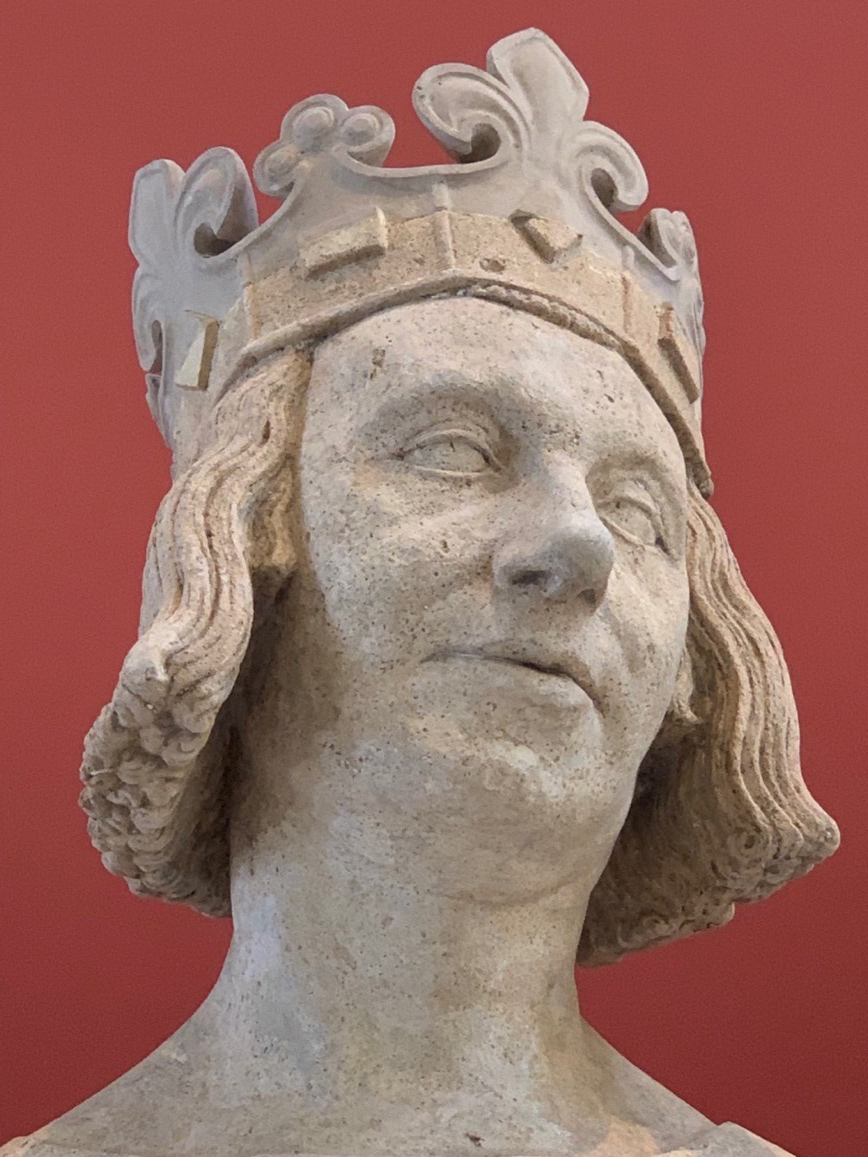

The Head of Charles V
My Louvre by Antoine Compagnon

The Head of Charles V
Ah! This head of Charles V is certainly the work in the Louvre that I know best, from up close, in its most miniscule details, its grain (Richelieu, room 209). When I was preparing for my engineering-school entrance exams, there was still a drawing test “from the round,” to give us a sense of space and to complement our instruction in the descriptive geometry invented by Gaspard Monge. We used to practice in front of plaster casts or bas-reliefs placed on an easel in the drawing studio. I can’t remember whether this head of Charles V, made in the fourteenth century for the Louvre façade, was part of the test or whether it was particularly suited to our training because of its simplicity of line. In any case, I drew it from every angle, every side and seam of it as we took our seats in a circle around it, attentive to the hair’s shadow on the cheek and the curves of the crown. Once we were admitted to the school—fine reward—we were allowed to draw from life.